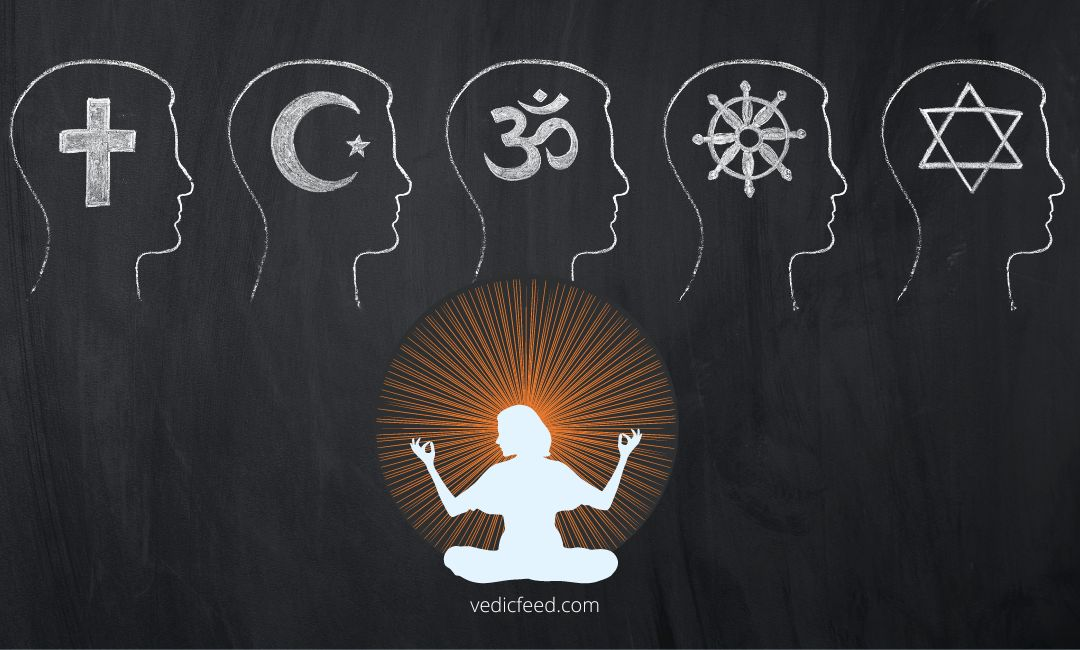In today's fast-paced world, it's easy to get caught up in the chaos and feel overwhelmed. Stress, anxiety, and depression have become common problems that affect many people's lives. However, there are many ways to cope with these issues, and mindfulness and meditation are two popular practices that have been shown to be effective in reducing stress and improving overall well-being.
Mindfulness is the practice of being fully present and aware of the present moment, without judgment or distraction. Meditation is a technique that involves focusing the mind on a particular object, such as the breath, a mantra, or an image, to achieve a state of relaxation and clarity.
Both mindfulness and meditation have been studied extensively, and there is a growing body of research showing that they can have many benefits for both physical and mental health. In this blog post, we will explore the science behind these practices and how you can incorporate them into your daily routine.
The Science Behind Mindfulness and Meditation
Research has shown that mindfulness and meditation can have a profound impact on the brain. Regular practice has been found to increase the density of gray matter in the brain regions associated with learning, memory, and emotional regulation. It also enhances the connectivity between different regions of the brain, which can lead to improved cognitive function and decision-making abilities.
In addition to its effects on the brain, mindfulness and meditation have also been found to have a positive impact on the body. Studies have shown that regular practice can lower blood pressure, reduce chronic pain, improve sleep quality, and boost the immune system.
One of the key ways that mindfulness and meditation benefit the body is by reducing stress. When we experience stress, our bodies enter a state of fight or flight, which can have negative effects on our health over time. Mindfulness and meditation can help us break this cycle by activating the parasympathetic nervous system, which is responsible for the body's rest and relaxation response.
In addition to its physical benefits, mindfulness and meditation can also have a profound impact on our mental health. Studies have shown that regular practice can reduce symptoms of anxiety and depression, improve mood, and increase feelings of well-being.
How to Practice Mindfulness and Meditation
Now that we've discussed the science behind mindfulness and meditation, let's take a look at how you can incorporate these practices into your daily routine.
1. Start with short sessions
If you're new to mindfulness and meditation, it's a good idea to start with short sessions. Begin with just a few minutes each day and gradually increase the length of your sessions as you become more comfortable.
2. Find a quiet space
Find a quiet space where you won't be disturbed during your practice. This could be a spare room in your home, a quiet corner of your garden, or even just a comfortable chair in your living room.
3. Focus on your breath
One of the most common objects of meditation is the breath. Close your eyes and focus on your breath as it moves in and out of your body. Notice the sensation of the air as it enters and leaves your nostrils, and the rise and fall of your chest and belly.
4. Don't judge your thoughts
As you practice mindfulness and meditation, you will likely find that your mind wanders. This is completely normal. When this happens, simply notice the thought and gently guide your attention back to your breath or chosen object of focus. Don't judge yourself for having thoughts or for being distracted.
5. Be consistent
Consistency is key when it comes to mindfulness and meditation. Try to practice every day, even if it's just for a few minutes. This will help you build a habit and make it easier to stick to your practice over time.
Final Thoughts
Mindfulness and meditation are powerful practices that can have a profound impact on our physical and mental health



